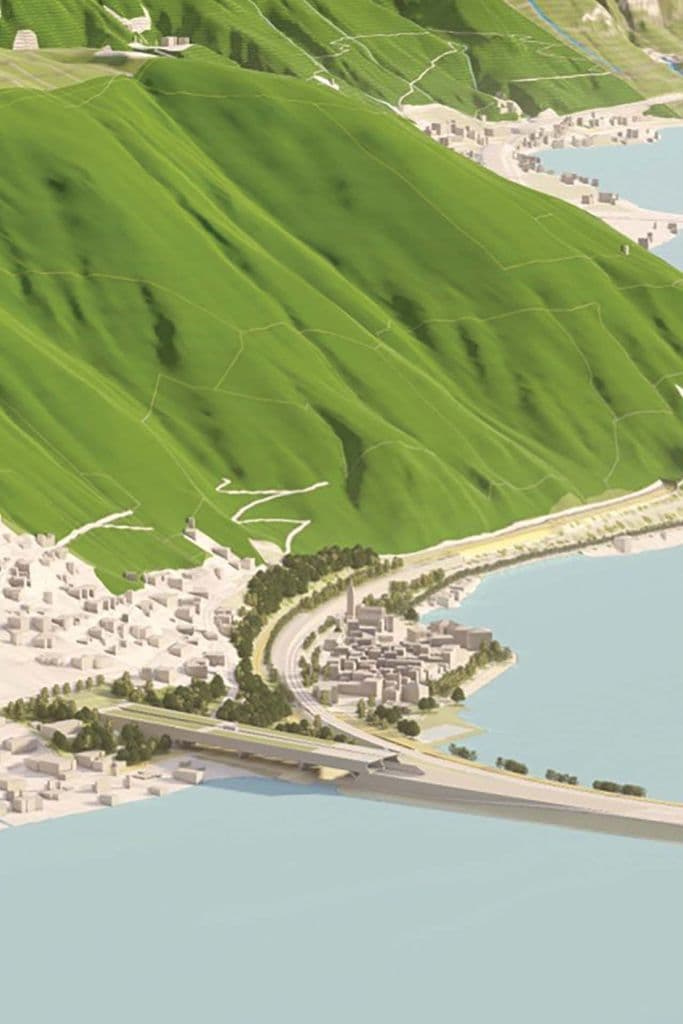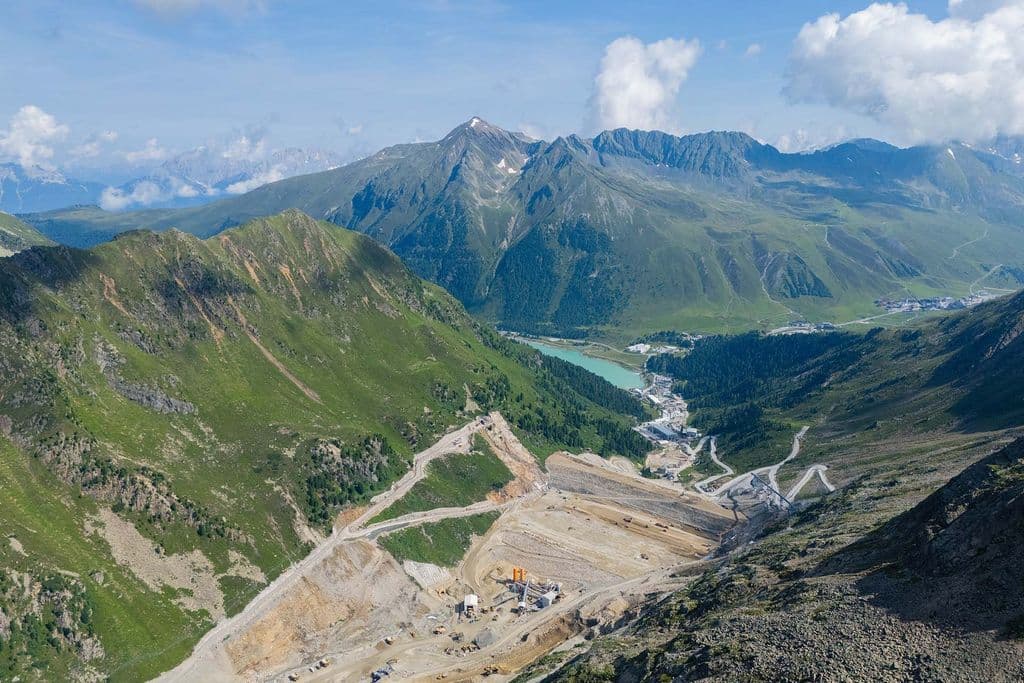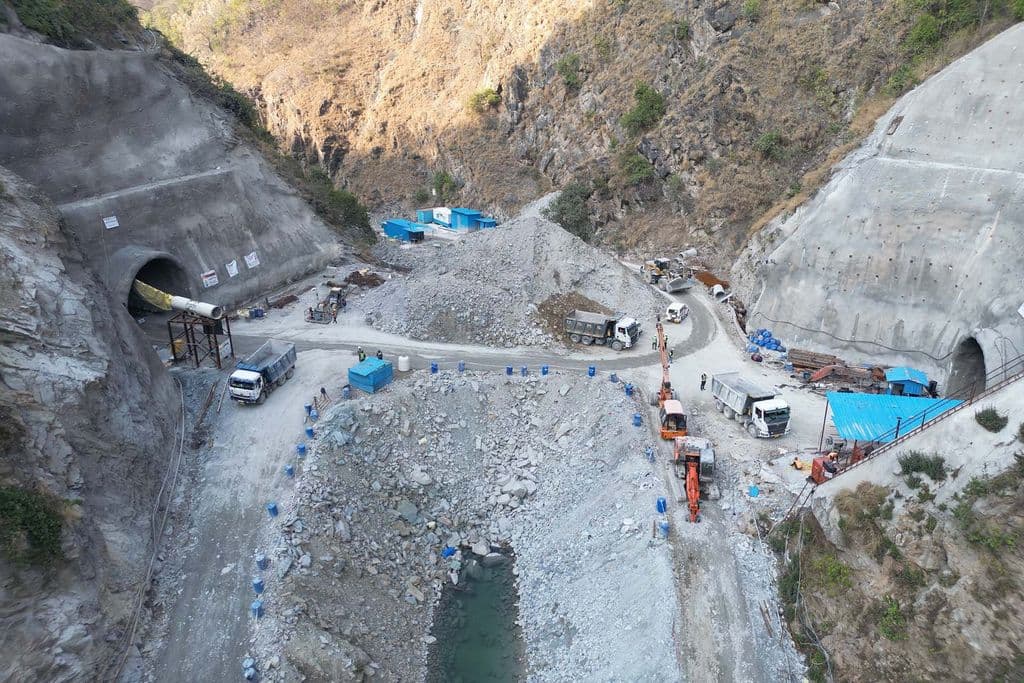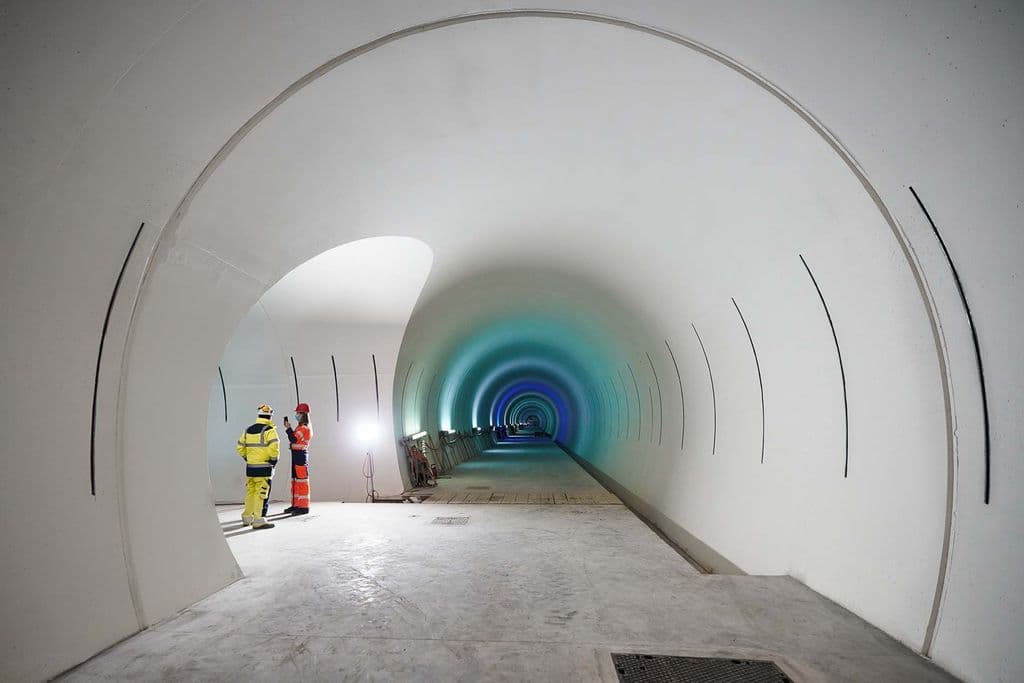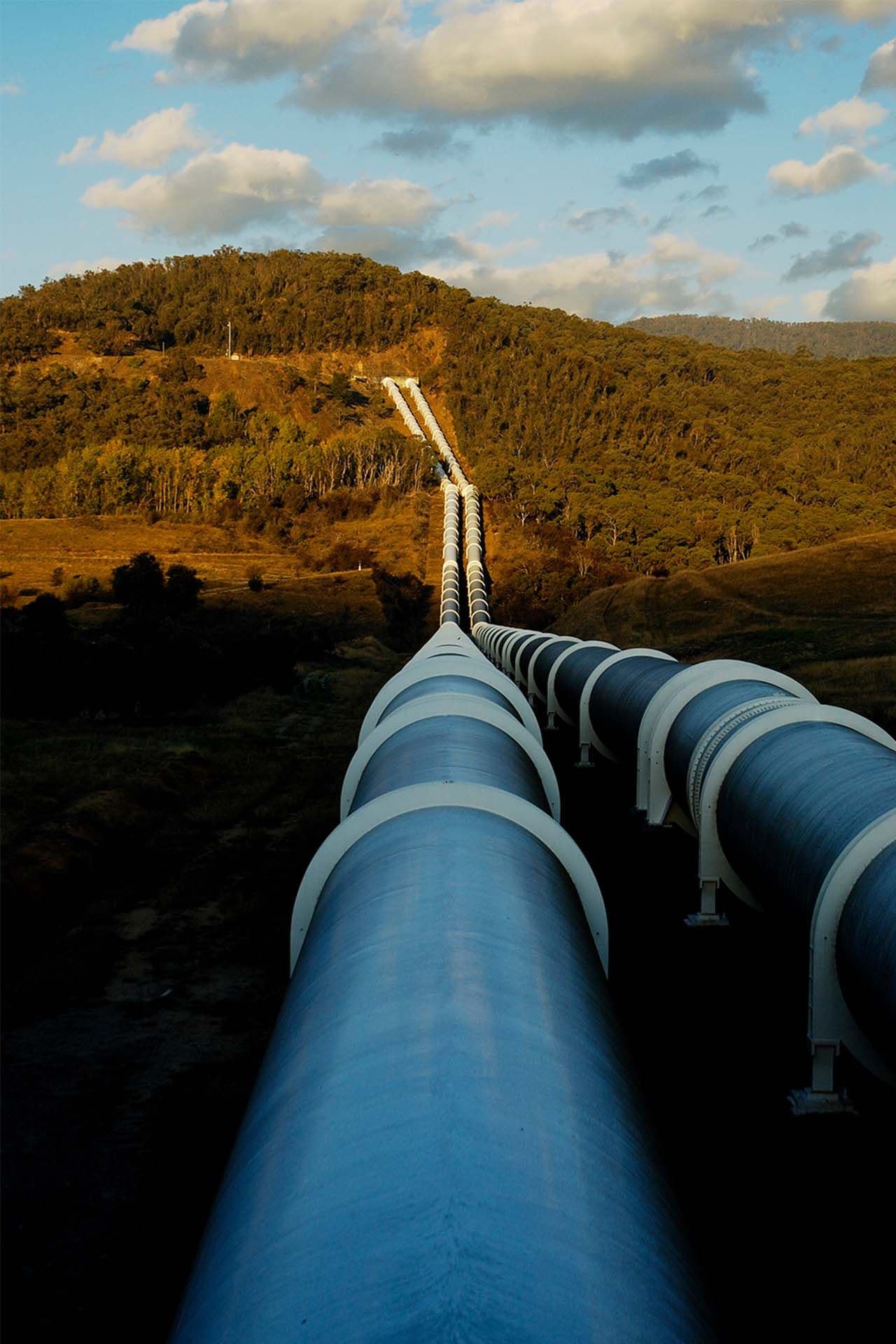
Domains
Hydropower;Tunnel & Underground
Client
Future Generation Joint Venture (FGJV)
Final client
Snowy Hydro Ltd
Time frame
Construction cost
A$12'800'000'000
Services
- Design
- Design (Optimisation and review)
- Technical site supervision - QA/QC
Phases
- Tender design
- Construction design
- Construction
The Project
Snowy 2.0, a pumped hydropower storage plant, is the largest renewable energy project currently under construction in Australia. It will add 2’200 megawatts of on-demand renew-able energy and about 350’000 megawatt hours of large-scale storage capacity to the exist-ing scheme and the national electricity market.
Energy from the ground for a sustainable future
The weakness of renewable energy is its dependence on uncontrollable factors: the presence of the sun for photovoltaics, and rainfall that fills reservoirs for hydroelectricity. In Australia, Snowy 2.0 is a cyclopean project, extending for tens of kilometers underground, based on a closed-loop hydroelectric production system. Using excess photovoltaic and wind energy to replenish the water used in storage reservoirs, there is always water available for energy production. The project, owned by Snowy Hydro, connects two existing reservoirs belonging to the Snowy Mountain Scheme—Tantangara and Talbingo—through 27 km of tunnels and the construction of a new underground power station at a depth of about 800 metres. Snowy 2.0 is considered a vital project for Australia’s economy and energy transmission. Its aim is to provide massive water storage for the hydroelectric generation needed to balance the growth of wind and solar energy. This will result in the retirement of thermal power stations.
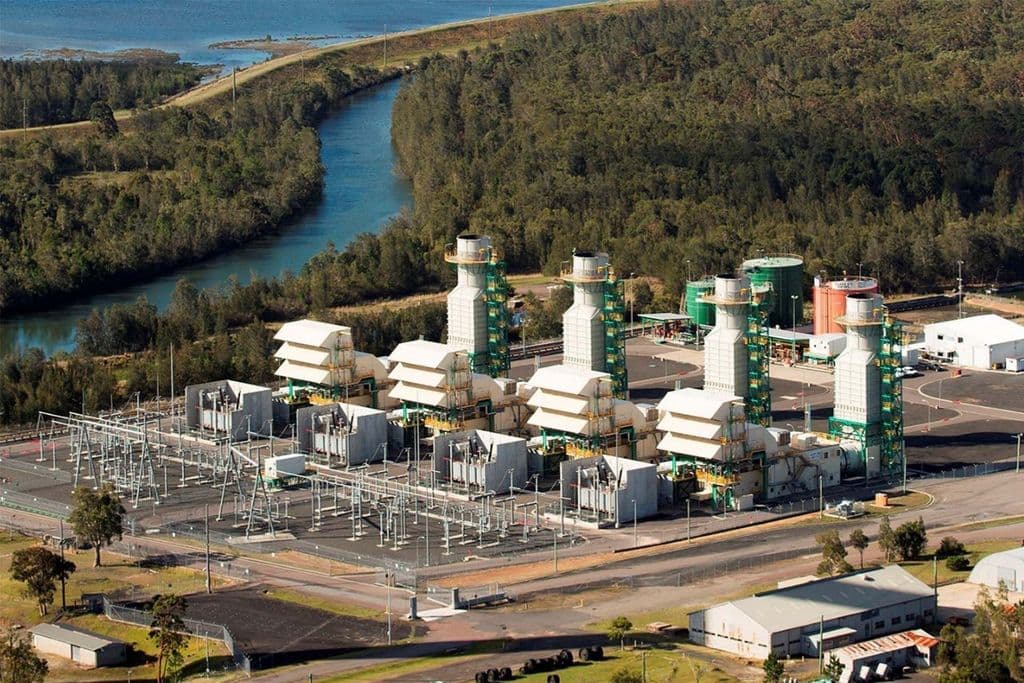
Snowy 2.0 is a cornerstone project allowing Australia to progress toward a renewable future, poised to realize the government’s ambitious net zero target by 2050
Its complexity is unparalleled, encompassing challenges in geology, scale, transient pressures, design longevity, and the intricate load cycles throughout its operational lifespan. Engaging with such a multifaceted endeavor has been amongst the highlights of my technical career journey, offering a profound opportunity for all involved to appreciate the marvels of modern engineering. Moreover, it serves as a rich repository of lessons learned, invaluable for guiding the development of future plants in the country.

